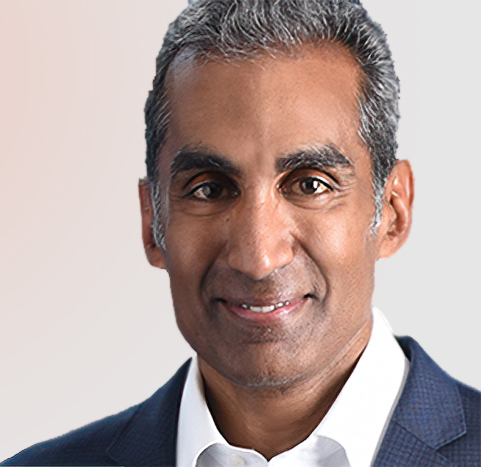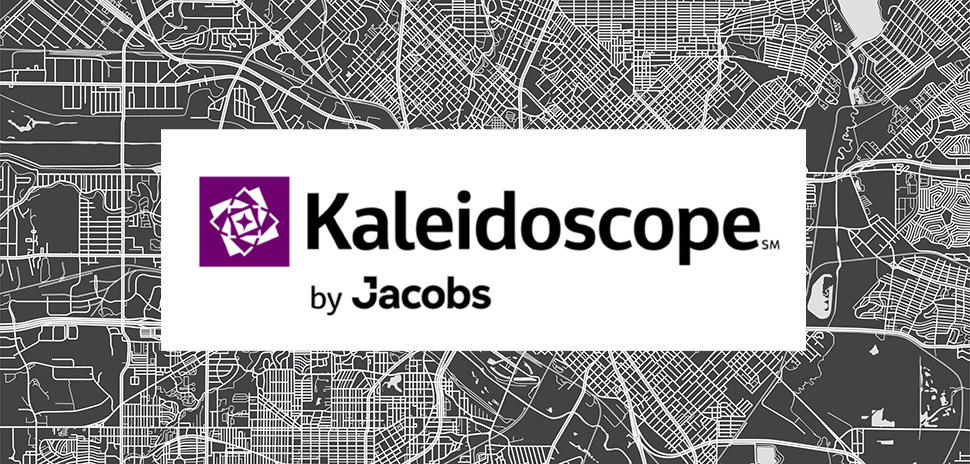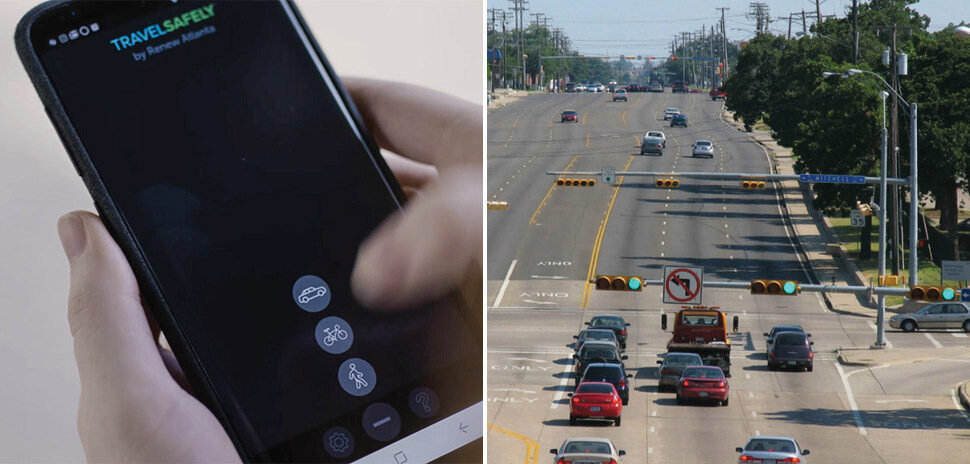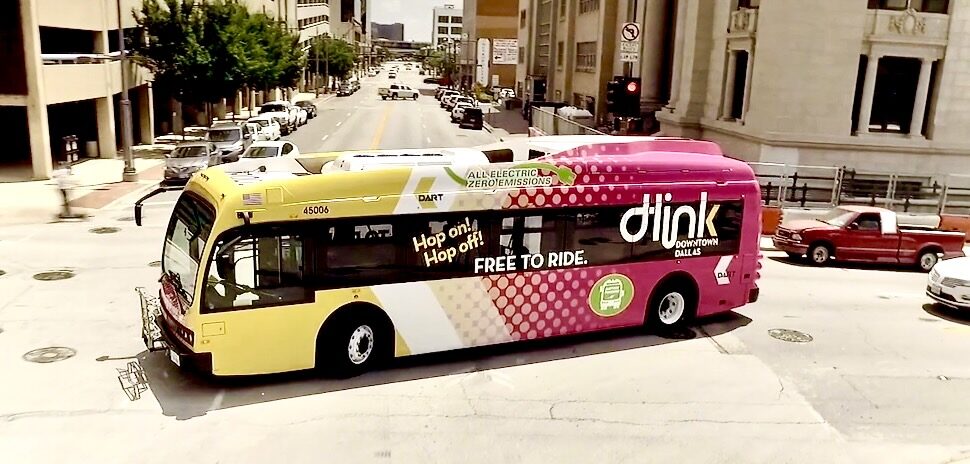With President Biden’s $1 trillion infrastructure deal nearing completion, “infrastructure” is at the top of everyone’s news feed—and on the lips of big decision-makers nationwide. Showing perfect timing, Dallas engineering giant Jacobs has launched an app to help cities and municipalities identify the threats and costs of their own infrastructure challenges.
![]() Jacobs believes “aging infrastructure not only threatens assets, but also threatens the viability of our cities, campuses, and military installations.” With stakes that high, it believes assessing vulnerabilities is critical.
Jacobs believes “aging infrastructure not only threatens assets, but also threatens the viability of our cities, campuses, and military installations.” With stakes that high, it believes assessing vulnerabilities is critical.
That’s just what its new app does, by using predictive analytics to help cities identify unexpected hazards that can be addressed before it’s too late—and while fixing them may be much less costly.
The new tool is designed to help build smart infrastructure for a smart future.
“Spatially enabled solution” runs on any device
The new, cloud-based app runs on any device from iPad to Mac to PC, using a one-of-a-kind predictive algorithm to run vulnerability assessments across interdependent networks.
Roadways, water lines, utilities, energy, and other horizontal infrastructure overlaying a place, campus, or community are examples of what Kaleidoscope explores.
Preventing disruptions before they become hazards
Jacobs may have said it best on Twitter: “Unlike a fine wine, infrastructure doesn’t grow better with age.”
Kaleidoscope identifies how vulnerabilities could impact a community’s resilience. The goal: preventing disruptions before they become hazards.

Bob Pragada [Photo: Jacobs]
“Municipalities and cities are facing big challenges, such as rapid urbanization and climate variability, and those challenges are taking their toll on aging infrastructure,” said Jacobs president and COO Bob Pragada, in a statement. “Kaleidoscope helps our clients better understand true threats and costs associated with infrastructure failure and helps them communicate with stakeholders in meaningful ways, such as prioritizing projects by vulnerabilities and the number of assets and sectors involved.”
Kaleidoscope also identifies vulnerabilities and how they could potentially impact a community’s resilience, helping to curtail expensive, unplanned, and reactive maintenance, with a goal of preventing disruptions before becoming hazards.
Tacking systemic issues
Jacobs’ Director of Resilient Infrastructure Mark Reiner helped develop the Kaleidoscope tech. The idea for the technology was spawned by “thinking from a city’s perspective of aging infrastructure or quantifying how a city’s vitality and viability could be impacted,” he said in a recent Jacobs Q&A.
When Reiner first read in 2013 that the U.S. had an infrastructure crisis, he assumed, like others, that engineers were constrained by a lack of funding. Over the years, that thinking changed: “I began to think that more systemic issues might be involved than simply a lack of funding.”
Today the Kaleidoscope tech lets urban planners and city decision-makers “communicate the status of all infrastructure assets” better (even the ones you can’t see) to a community that needs them to live their daily lives, he says.
Kaleidoscope in action

Jacobs’ Director of Resilient Infrastructure Mark Reiner [Image: Jacobs]
Reiner cites an example of the tech in action: “An engineering firm was asked to provide safety ratings for the bridges in a town. Because Kaleidoscope looks at all infrastructure, we predicted a failure for a bridge that the engineering firm had given an excellent rating because there was an aging water main was embedded in the bridge.” he said.
“About three months after the bridge had been given that excellent rating, the 110-year-old water main broke, and the bridge couldn’t be used until it was repaired.”
Delivering greater infrastructure resilience
Once Kaleidoscope identifies a challenge, it goes a big step further. The app’s output frames what projects should be done, who will be impacted, and where they’re located.
Reiner stresses the importance of thinking broadly. “We tend to discuss one sector at a time, such as transportation or water,” he says.
“Starting from the top down, Kaleidoscope is for any entity that depends on infrastructure for viability, such as a military installation or a campus, and of course, a city.”
The app both identifies problems and points to a solution. “Part of arriving at a solution involves communicating in a clear, concise, and logical way,” Reiner said in the Q&A.
Multi-stakeholder solutions
Kaleidoscope helps senior planners, administrators, public works directors, emergency managers, and other leaders rapidly spot unknown, potentially catastrophic threats to planning, funding, and sustainability.
The app is “one more piece of the puzzle that helps initiate broader solution discussions,” Reiner said.
With the information provided by Kaleidoscope, leaders can prioritize capital expenditures to achieve greater infrastructure resilience. That proactive approach can lead to more resilient outcomes.
The payoff? Cost savings, social benefits, and smarter, more sophisticated approaches to keeping cities running smoothly.
Quincy Preston contributed to this report.
![]()
Get on the list.
Dallas Innovates, every day.
Sign up to keep your eye on what’s new and next in Dallas-Fort Worth, every day.
































